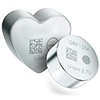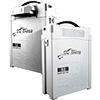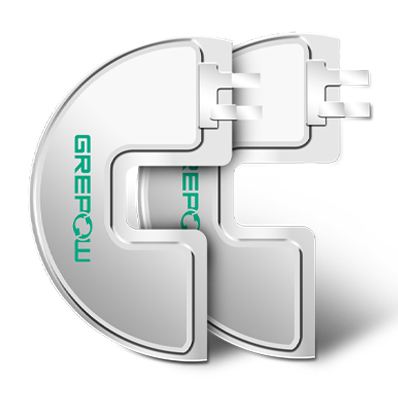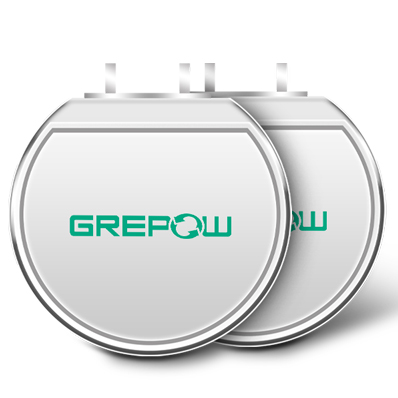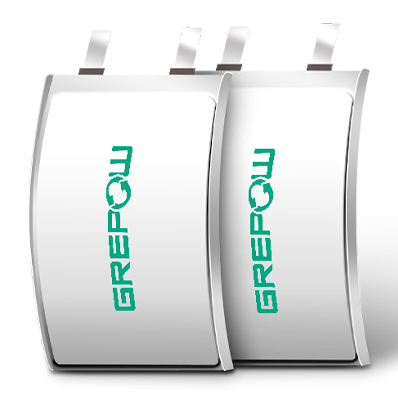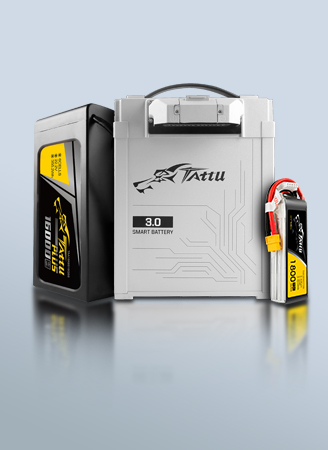All Kinds of Wearable Batteries Comparison
Currently, wearable devices are rapidly evolving and become more diverse, such as watches, wristbands, glasses, socks, clothes, and more. This year, the development of wearable technology is particularly evident, as more and more people are beginning to accept wearable devices. However, the wearable battery seems to be slower than fast-innovative wearable devices. Although most wearable devices use ultra-low power BLE technology (Bluetooth low energy technology), users still need to charge frequently to ensure that the device is fully charged. For wearable device manufacturers, providing efficient wearable batteries is an urgent problem; from the perspective of wearable device designers, they are also looking forward to having high-quality batteries, because only in this way can they attract more Many consumers like to use their devices. This article will focus on the different types of wearable batteries, from the advantages and limitations of the two aspects:
Energy harvesting
Energy harvesting refers to the process of acquiring external energy and converting these external energies into electron energy. External energy sources include kinetic energy (motion, vibration, rotation), solar energy (light energy), thermal energy, piezoelectric (using excess energy from motion), and even radio waves. For an article on energy harvesting, please click here.
Advantage
Energy harvesting can help wearable devices become more independent, at least without undue reliance on external power. Solar energy fits perfectly with smart clothing because it absorbs energy from the sun and is used directly. Thermoelectric energy harvesting can provide a solution for devices that are directly attached to the skin, such as smart warm treasures. This energy source often provides very high energy. No loss of energy can be generated while you are exercising.
Disadvantages
The energy produced by the piezoelectric method is relatively small. The kinetic energy generated by exercise can be effectively converted very little.
Lithium-Ion Battery
Compared with the past nickel-chromium batteries, lithium-ion batteries have finally "occupied" most of the market. In general, manufacturers will make lithium-ion batteries into coin shapes, and the popularity is also high. Ordinary street shops are Can be bought; a wide range of applications, calculators, wearable heart rate monitors can be used. However, for those lithium-ion batteries in dedicated and wearable devices, it is usually a smaller button battery (such as CR1225). Another popular lithium-ion battery is a bagged battery that contains a stack of batteries that can then be placed in a plastic bag or a polymeric bag. The pocket battery is very easy to carry as it can fit into almost any small pocket.
Advantage
Lithium-ion batteries are very small and light in weight. Lithium-ion batteries require minimal maintenance and are very low cost. Most lithium-ion batteries can be discarded when they are used up because they have little environmental damage. Lithium-ion batteries are durable.
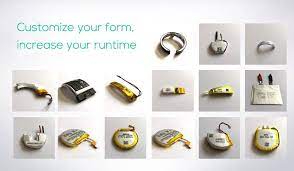
Disadvantages
The smaller the lithium-ion battery will be, the less stored it will be. Lithium-ion batteries are fragile and require effective protection of the circuit for safe use. Subject to aging problems. Changes are often required during the manufacturing phase. Bagged lithium-ion batteries are at risk of explosion, as there may be a gas that can cause an explosion between the battery and the bag.
Thin film battery
Thin film TV is a very thin battery. The technology used in this rechargeable battery and the lithium-ion battery is very similar. Foreign media has published an article on thin film batteries, more details can be clicked here. However, here we focus more on the advantages and disadvantages of thin film batteries.
Advantage
Thin film batteries are developed in a planar form that can be applied to thinner wearable devices such as electronic skin devices or some measuring wearable devices. They can be said to be a super-lite wearable battery. Although the price is lower, it can support high energy density. Can be applied to any size device for different purposes. It's very safe.
Disadvantages
The volume of thin film batteries determines their power capacity. Therefore, if they want to get the same amount of power as a button battery, they need to extend a larger area. Because they are very thin, they consume a lot of power, so they need to be recharged to ensure long-term use. This also makes the use of thin-film batteries more limited and can only be used on some small wearable devices.
Graphene battery
The graphene battery is a new energy battery developed by utilizing the characteristic that lithium ions rapidly shuttle between the graphene surface and the electrode. Graphene is a two-dimensional crystal that is separated from the graphite material and consists of carbon atoms with only one atomic thickness. It can be said that this material is very exciting. Many scientists are currently researching and developing this technology. It is expected that the next wave of batteries will be led by graphene batteries.
Advantage
Graphene batteries are considered to have the highest energy density of all current battery types. Graphene batteries also have high power storage capabilities.
Disadvantages
Graphene batteries are more expensive than other types of batteries. It is still in the development stage. In the next five years, the number of wearable devices is expected to increase explosively, which means that the smaller the battery capacity and the long battery life will increase dramatically. We can also predict that the higher the level of intelligence, the higher the pursuit of energy efficiency. According to the current use of various wearable devices on the market, it can be said that the level of various batteries is not bad, and each has its own advantages and disadvantages. However, scientists and engineers are working hard to improve battery capacity and further reduce the environmental damage caused by batteries. We really look forward to a boom in the wearable industry with high-efficiency batteries! If you are interested in our products, please don't hesitate to contact us at any time! Email: info@grepow.comGrepow Website: https://www.grepow.com/
Related Articles
-
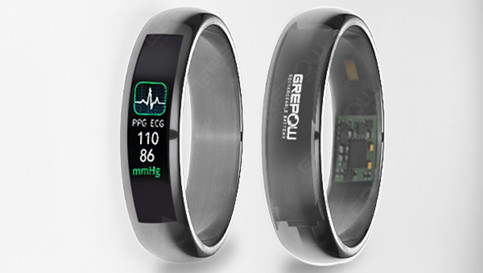
What is a smart ring battery and the manufacturing process?
2024-02-02 -
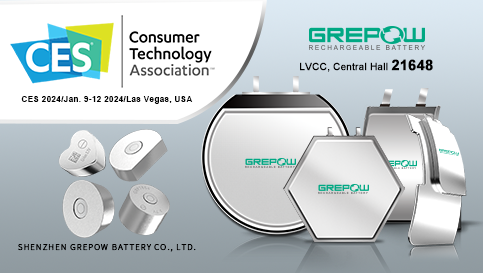
Empowering Tomorrow: Grepow Battery's Innovation Unveiled at CES 2024
2024-01-05 -

What is AI Translator Earphone and What Battery Powering it?
2023-06-25




